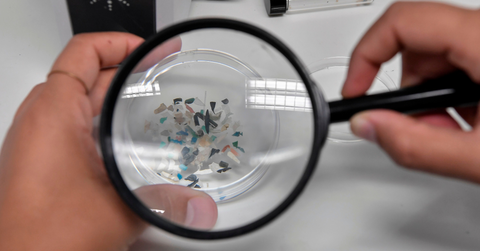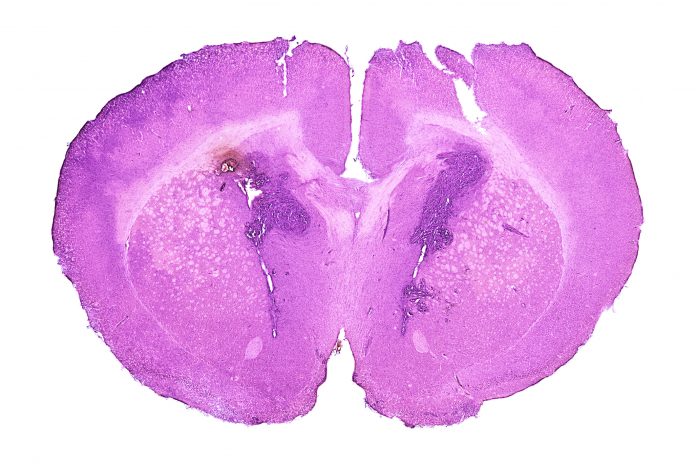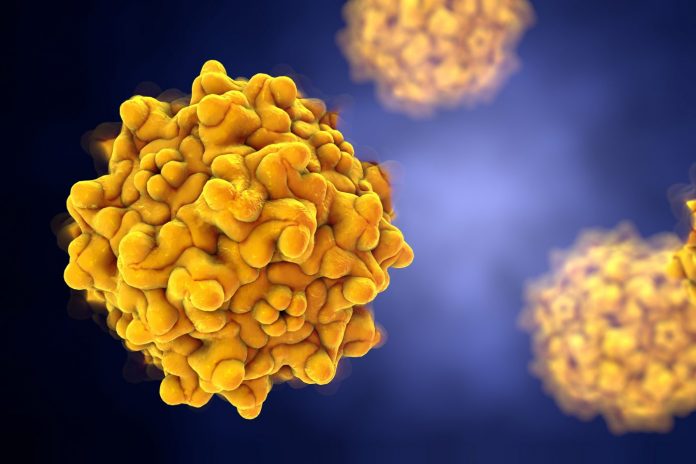Microplastics are smaller than five millimeters long.

In news that is horrifying, the International Journal of Impotence has discovered what they believe to be the first evidence of microplastics in the human penis. This is just another update in a series of unsettling revelations about the tiny plastic pollutants, which include the detection of microplastics in breast milk, the human heart, and more.
Article continues below advertisement
Naturally, this has prompted many to wonder if you can get rid of any microplastics that you may have ingested. Continue reading to learn if it’s possible to remove microplastics from your body and to find out exactly how the experts say you can do it.

Article continues below advertisement
Eat organic.
The most effective way to get microplastics out of your body is to keep them from entering it in the first place, which means eating foods free from excess packaging and processing. That means noshing on a plant-based diet mainly made from fresh and organic foods, according to one microplastics researcher who shared this suggestion with the University of California, San Francisco.
She also suggests avoiding having plastic come into contact with anything you ingest, which means storing leftovers in glass instead of plastic, and saying “no” plastic water bottles.
Article continues below advertisement
Get sweaty.
Believe it or not, perspiring can be another way to help remove some of these excess plastics from your body. That’s because sweating helps remove all kinds of toxins from your system. As to just how many of those microplastics get removed every time you break a sweat, well, unfortunately, it’s not a lot. According to the New York Times, the level of metals found in sweat is very low, since sweat is 99 percent water. In short, sweating alone won’t completely clear you out.
Article continues below advertisement
Eat more fiber.
If you want to help flush some of the microplastics out of your gut, you may be able to do so by adding some more fiber to your diet. WebMD says that larger pieces of plastic will be passed during bowel movements. Upping your fiber intake and bulking up both the volume and frequency of your stools will make it easier for microplastics to exit your body.
Minimize the amount of microplastics you come into contact with.
Your food isn’t the only thing helping microplastics gain access to your body. Your laundry can be a big culprit as well! According to PBS, your washing machine is a huge contributor to the microplastic problem. That’s because synthetic fabrics (AKA: your clothes) are constantly shedding microfibers, another form of microplastic.
Article continues below advertisement
These plastic fragments come off when you run them through the washing machine, according to PBS, which notes that several million of these fragments can be produced with every load of wash. Some ways you can counteract the shedding (and your role in producing microplastics) are quite easy and include:
- Line drying clothes
- Washing fewer half loads and more full loads
- Using cold water
- Reducing the amount of detergent you use
- Opting for a front load washing machine when it comes time to get a new one
While there’s no sure-fire way to remove microfibers completely from your body, reducing your exposure to them can certainly go a long way towards lowering the amount of microfibers you ingest each day.









